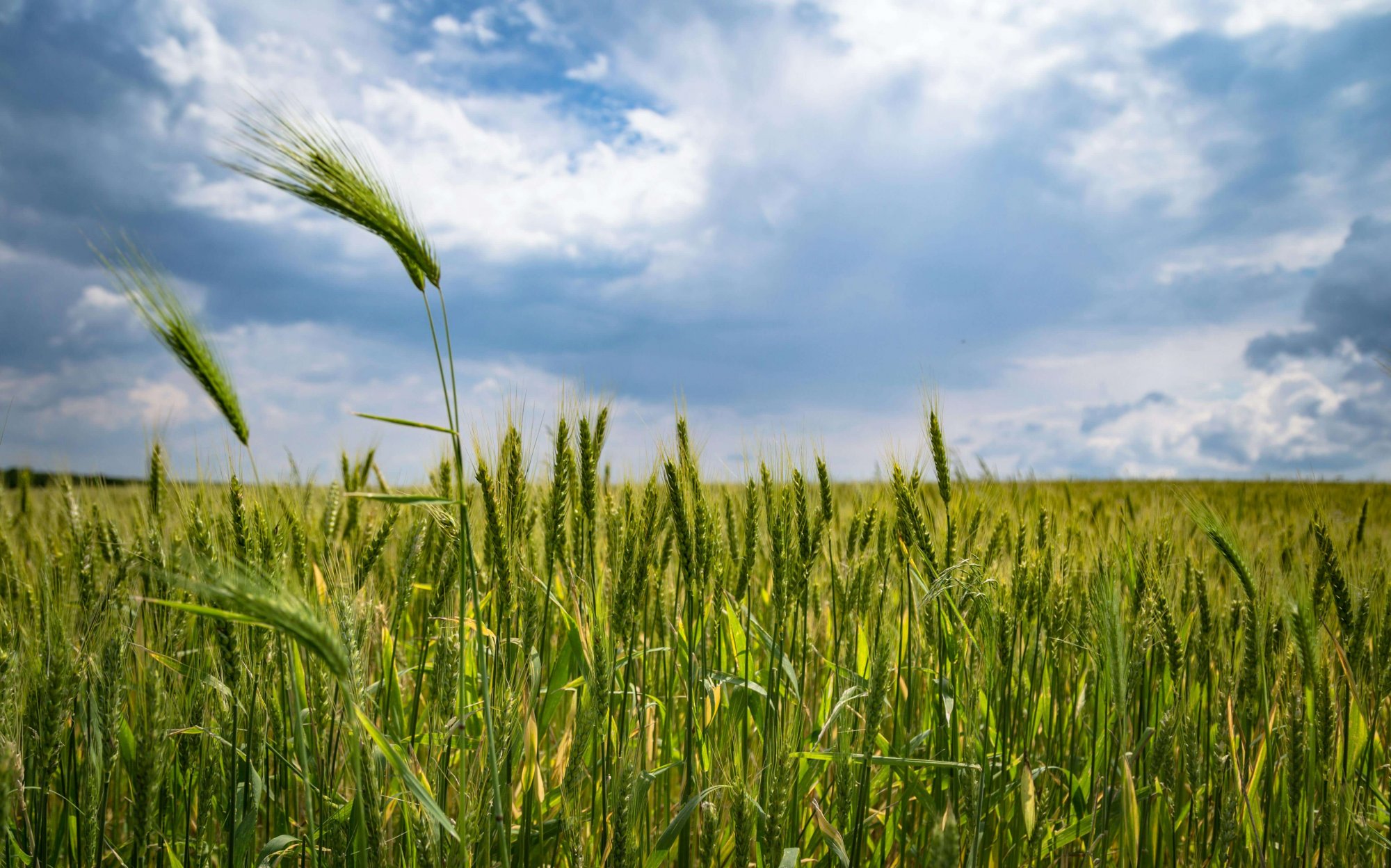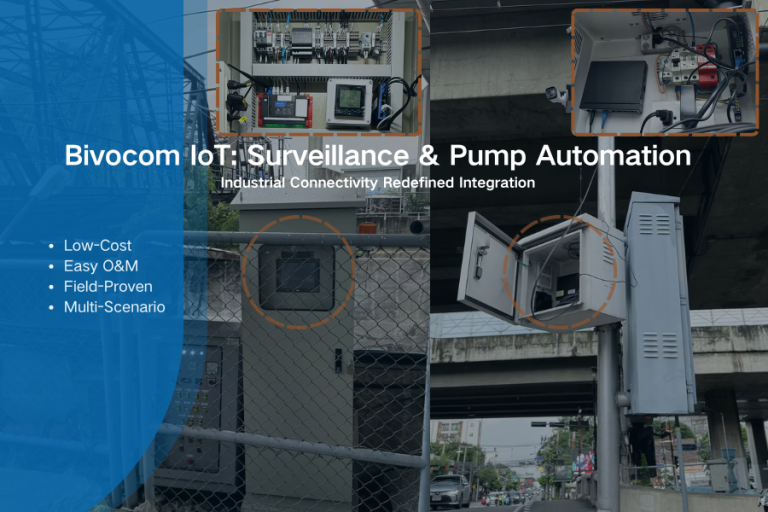How IoT and AI Are Revolutionizing Fungal Crop Disease Management for Farmers
In recent years, the agricultural sector has been undergoing a significant transformation, primarily driven by advancements in technology. Among these, the Internet of Things (IoT) and Artificial Intelligence (AI) have emerged as formidable allies in combating fungal crop diseases, which pose serious threats to crop yield and farmer livelihoods. This article explores how these two technologies are working together to enhance agricultural resilience and productivity.

Image from Anton Atanasov
Understanding Fungal Crop Diseases
Fungal diseases can devastate crops, leading to reduced yield and quality. Common fungal infections include powdery mildew, rusts, and blight. Farmers often rely on traditional methods of disease management, which can be labor-intensive and less effective. With the integration of IoT and AI, farmers are now equipped with tools that can significantly improve disease detection, management, and prevention.
The Role of IoT in Agriculture
The Internet of Things refers to a network of interconnected devices that can communicate and share data. In agriculture, IoT devices such as sensors and drones are widely used to monitor various environmental factors, including soil moisture, temperature, humidity, and light levels.
- Real-Time Monitoring: IoT sensors can continuously monitor the microclimate of fields, providing real-time data that helps farmers understand the conditions that may lead to fungal outbreaks.
- Data Collection: These devices collect vast amounts of data over time, which can be instrumental in identifying patterns and trends related to disease development.
- Predictive Alerts: By using thresholds set for temperature and humidity, IoT systems can send alerts to farmers about the potential risk of fungal diseases, allowing for timely intervention.
The Power of AI in Disease Management
Artificial Intelligence complements IoT by helping to analyze the massive datasets collected by IoT devices. AI algorithms can identify complex patterns in data that would be impossible for humans to detect.
- Disease Prediction Models: Using machine learning techniques, AI can develop predictive models that forecast disease outbreaks based on environmental conditions. These models help farmers take proactive measures rather than reactive ones.
- Image Recognition: AI-powered image recognition systems can analyze images of crops taken by drones or smartphones to detect early signs of fungal diseases. This technology enables farmers to diagnose issues before they escalate.
- Precision Agriculture: AI tools can offer personalized recommendations for treatment and management, enabling farmers to apply fungicides more judiciously. This not only saves costs but also minimizes environmental impact.
Case Studies: Success Stories
Several agricultural initiatives worldwide have successfully integrated IoT and AI for fungal disease management:
- Farmers in India: In regions prone to fungal diseases, IoT devices have been deployed to monitor soil and weather conditions. Combined with AI analytics, farmers receive real-time alerts and recommendations, reducing disease incidence by up to 30%.
- European Agricultural Programs: In Europe, projects utilizing drones equipped with AI tools for monitoring crop health have demonstrated significant reductions in fungicide use while maintaining healthy yields. This approach reduces costs and fosters sustainable practices.
Challenges and Future Prospects
Despite the promise of IoT and AI, challenges remain. Issues such as data privacy, high initial costs of technology implementation, and the need for technical training can hinder widespread adoption. However, as technology becomes more accessible and affordable, the potential benefits for farmers are immense.
Conclusion
The integration of IoT and AI in fungal crop disease management represents a significant step forward for the agricultural industry. By providing real-time data, predictive insights, and accurate diagnostics, these technologies empower farmers to make informed decisions that enhance both crop health and productivity. As farmers embrace digital transformation, they are not just combating fungal diseases but also paving the way towards a more sustainable and resilient agricultural future.
This agricultural revolution is just beginning, and its impact will undoubtedly resonate across farms, food systems, and communities worldwide.
Image from Mark Stebnicki




Comment